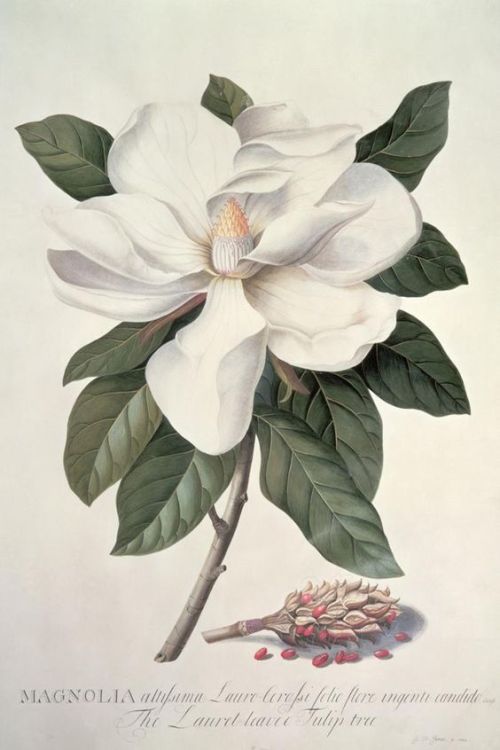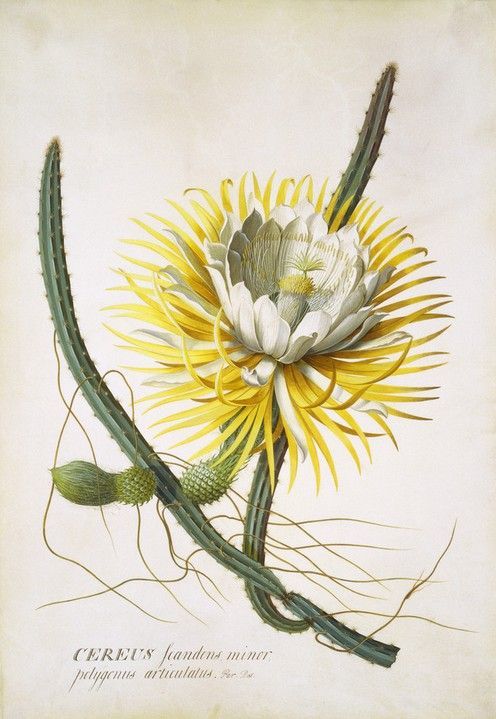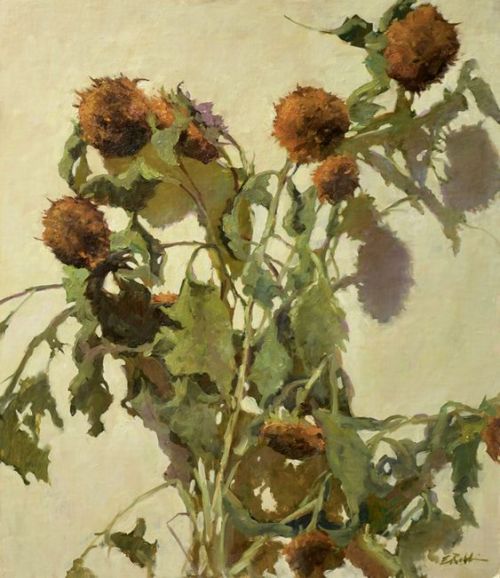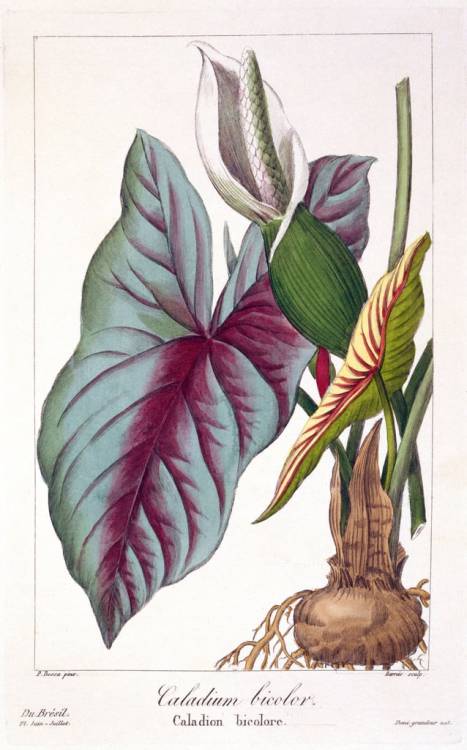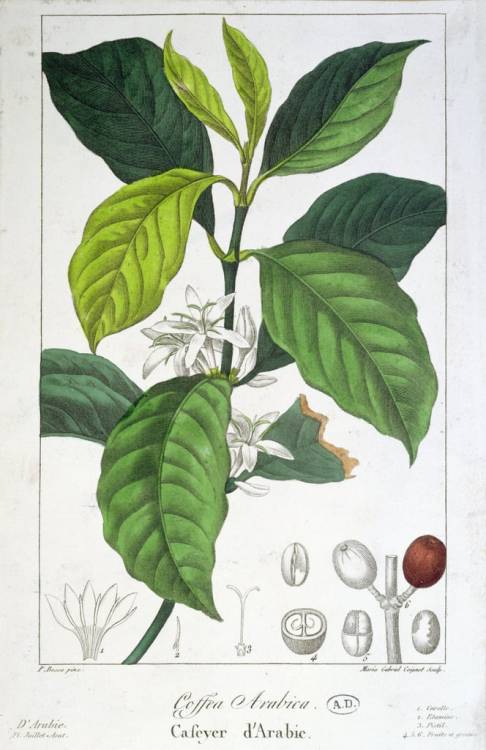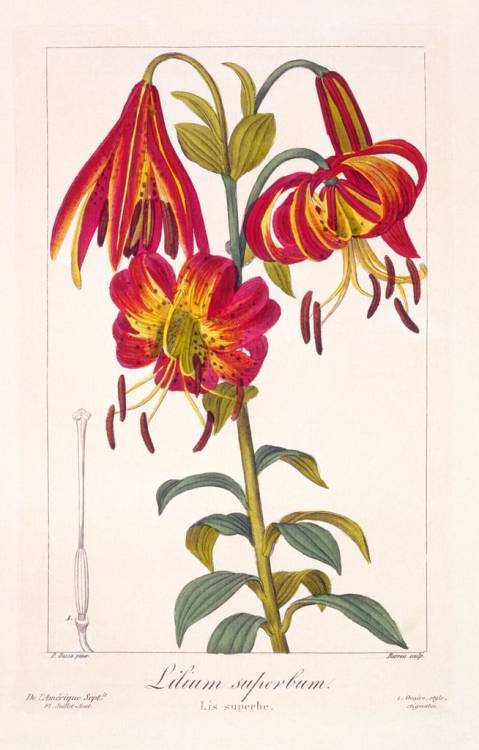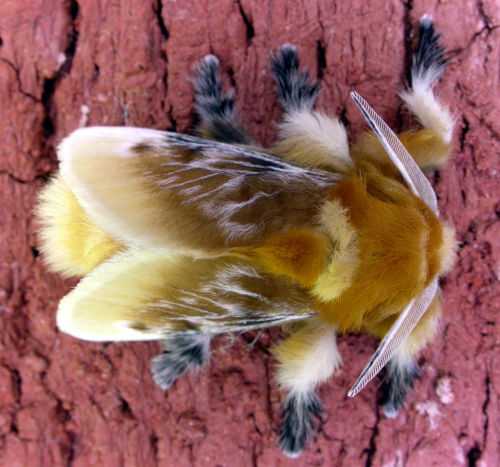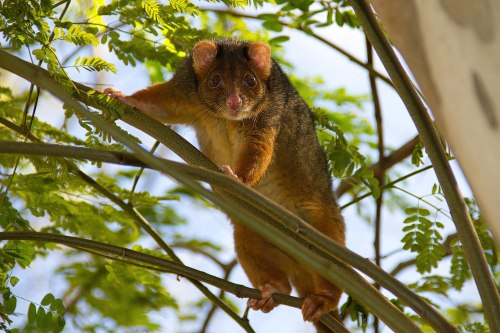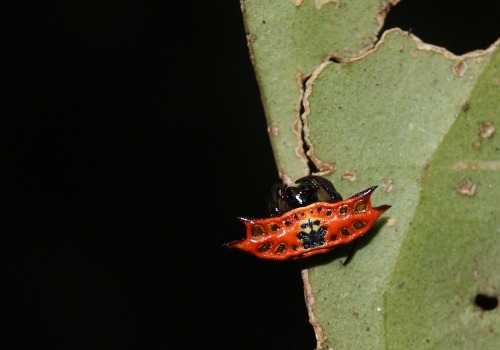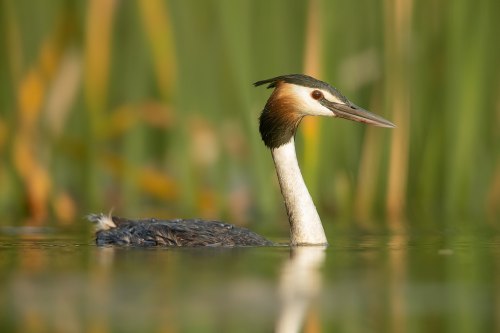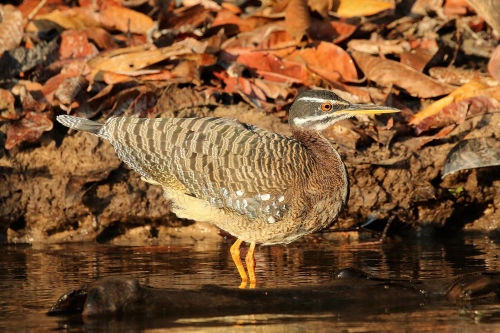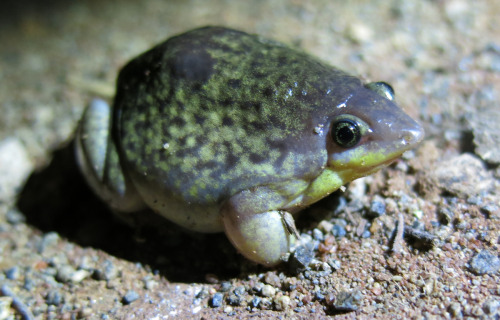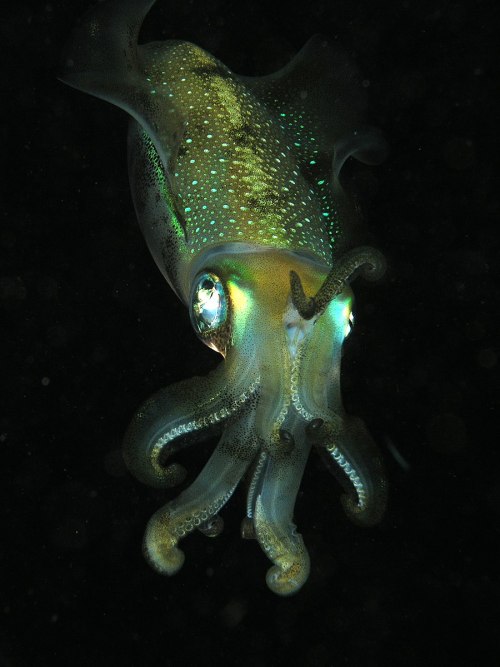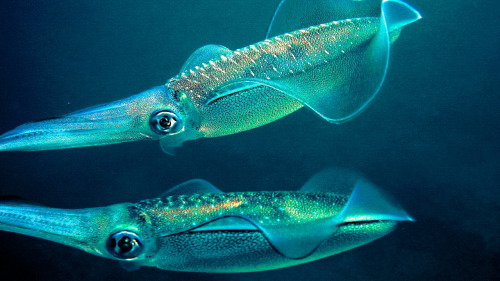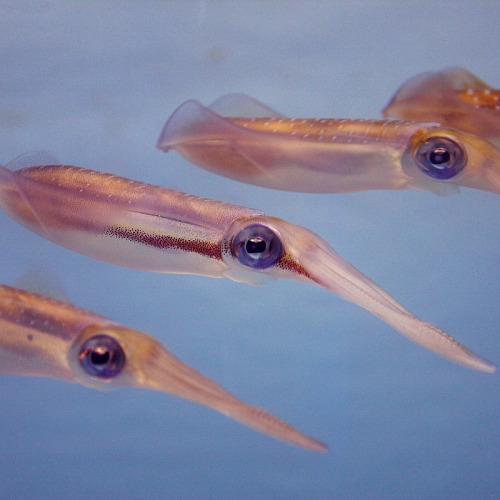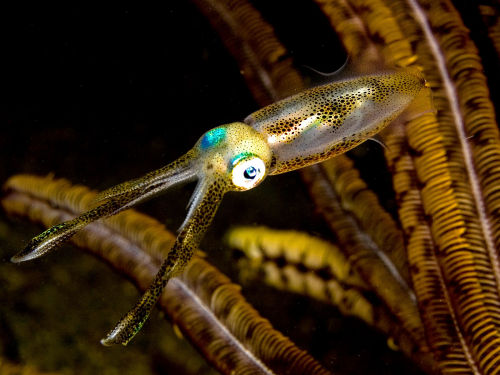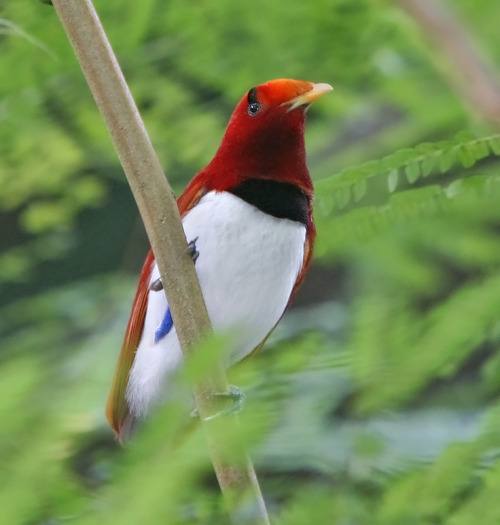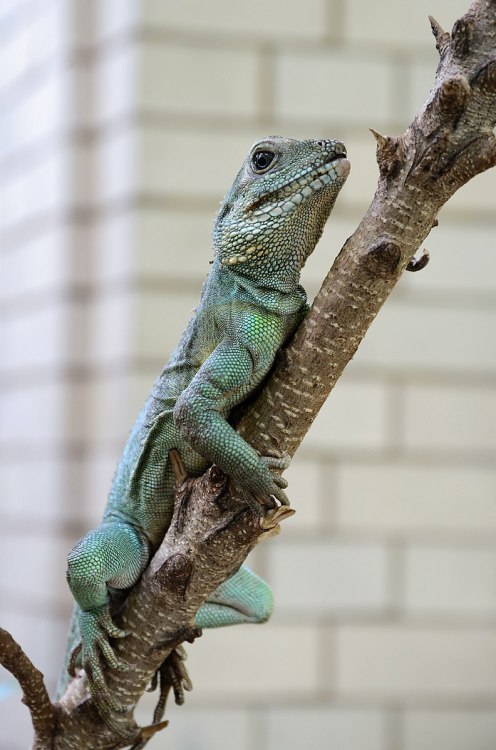#zoology
The Death’s Head Hawkmoth & 19th- century literature
It’s time for a little entomology in Wilson Library Special Collections! Today’s bug is the beautiful but bleak death’s head hawkmoth. Though there are three species of moths grouped under this moniker (Acherontia Atropos,Acherontia lachesis, and Acherontia styx)all three of them share the same signature skull-shaped markings.
This peculiar patterning makes the death’s head hawkmoth a particular favorite of writers and filmmakers. Although you might remember this moth most vividly from The Silence of the Lambs, the death’s head hawkmoth can actually trace its pop culture roots all the way back to the 19th century! Because of the spooky pattern that adorns its back, the 19th-century was particularly obsessed with all things Acherontia. You can spot references to this macabre moth in the pages of Bram Stoker’s Dracula, Poe’s “The Sphinx”, and in this beautifully illustrated copy of A true relation of the apparition of Mrs. Veal ( 1883, located in Wilson Library Special Collections).
If you want to try your hand at finding the references to the death’s head hawkmoth in these works, you’re in luck! Wilson Library has copies of all three chilling tales in their special collections! So come visit if you want to learn more about these little lepidopterans!
Post link
Florealis Borealis (Georg Dionysius Ehret)
“Draughtsman, painter, etcher and gardener. Born Heidelberg 1708, died London 1770. One of the finest botanical artists of his generation. Son of market gardener at Heidelburg. Trained as a gardener but took up botanical draughtsmanship at the age of 22. While working for a chemist in Regensburg, he met in c.1731-2 Dr Christoph Jacob Trew, a wealthy physician and bibliophile who became his lifelong patron and friend. He came to England in 1736 with letters of introduction, and worked for Peter Collinson, Philip Miller (greatest gardener of the day and author of ‘Dictionary of Gardening’) and Sir Hans Sloane. Dr Richard Mead and the Duchess of Portland were also patrons of his. His most famous publication appeared in 1748: 'Plantae et Papiliones Rariores’ (both engraved and hand-coloured by himself). Became director of the botanical garden in Oxford in 1750. Remained and died in England.”
Sample Works:
1. Peony
2. Magnolia
3. Kalmia
4. Plumeria
5. Tulip
6. Chinese Rose
7. Oleander
8. Night Blooming Flower
9. Lilac
10. Coffee Tree
Post link
A Life (Jan van Kessel the Elder)
“Jan van Kessel the Elder or also Jan van Kessel I came from a great dynasty of painters. On his father’s side he descended from Hiernonymus van Kessel and his mother was a daughter of Jan Brueghel the Elder. This also made him the great-grandson of Pieter Brueghel, the nephew of Jan Brueghel the Younger and the nephew of David Teniers the Younger. The family sent him to Simon de Vos as an apprentice when he was 9 years old. His further education then took place largely within the family.
Van Kessel was a painter obsessed with detail. Especially his still lifes and animal motifs, including various insect studies such as “Still Life Study of Insects on a Rosemary Branch” were of almost scientific accuracy. This made his works very popular throughout Europe. Van Kessel could charge good prices and sell many paintings. This enabled him and his family to live a good, secure life. However, after the death of his wife in 1678, the financial situation deteriorated increasingly. Van Kessel was too old and too ill to be able to paint. He was finally forced to mortgage his house. He died at the age of 53 and left behind a large mountain of debts.”
Sample Works:
1. A still life with sprig of Redcurrants, butterflies, beetles, caterpillar and insects
2. Still life of branch of gooseberries, with a butterfly, moth, damsel fly and other insects
3. Butterflies, moths and other insects with a sprig of periwinkle
4. A sprig of redcurrants with an elephant hawk moth, a magpie moth and other insects
5. Insects
6. The Enemies of Snakes
7. Insects
8. Butterflies and other insects
9. Three Butterflies, a Beetle and other Insects, with a Cutting of Ragwort
10. A Dragon-fly, two Moths, a Spider and some Beetles, with wild Strawberries
Post link
Lost Illusions (Wilted, Dry and Dead Sunflowers)
1. “Sunflower” by Giancarlo Vitali (1929-2018)
2. Julius Hüther “Sonnenblumen”
3. Jimmy Wright “Dried Sunflower”
4. Li Zhenyung, “Sunflower”
5. Ch’ng Kiah Kiean(莊嘉強 Malaysian, b.1974) “Sunflower Study”
6. Katie Degroot, “Sunflower”
7. Giancarlo Vitali “Dead Sunflower”
8. Remnants by Elizabeth Robbins
9. Three Wilted Sunflowers by Garry Gay
Post link
Mysterium Regnum Plantarum (Pancrace Bessa)
“Bessa was commonly known as the painter of flowers. Because he specialized in scientific and lifelike representations of various plants, he also worked with the most important French horticulturists and botanists. Especially in this period, when many new plants were discovered and were to be catalogued, the pictures of plants and also some animals Bessa made were of great importance. Mainly he painted plants. When he painted animals, he mainly painted insects. Coloured engravings of a raven or a kangaroo are therefore rather the exception. His pictures stand out strongly because they are so detailed and vivid. His entire oeuvre comprises several hundred pictures.
Born in Paris on 1 January 1772, Bessa also completed his studies in Paris at the Muséum National d'Histoire Naturelle. His art was influenced above all by the plant painters Gérard van Spaendonck and Pierre-Joseph Redouté. Maria Karolina of Naples-Sicily, the Duchess of Berry, daughter-in-law of Charles X, was an important supporter of Bessa. This patronage expanded in the following years to such an extent that Bessa gave art lessons to the ducal family, especially to the Duchess herself. Before his death in 1864 Bessa produced his last work of art, Flore des Jardiniers. An eye for detail, a love of the world of plants and colourful illustrations make Bessa a very special painter of the time. © Meisterdrucke.”
Sample Works:
1. Caladium bicolor, 1836
2. Tiger flower or Peacock flower, 1836
3. Persian buttercup, 1836
4. Coffea Arabica (Coffee)
5. Citrus sinensis var. Bigaradia violacea, 1836
6. Canna or Indian Shot Flower, 1836
7. American Turkscap Lily, 1836
8. Tulip ‘Firebird’, 1836
9. Banisteria tomentosa, 1836
10. Hibiscus rosa-sinensis, 1836
Post link
A very satisfying post-mouse yawn from Cornelius :)


Pretty lady - Golden Northern Bumblebee



Some people find kittens or puppies on the side of the road - I just so happened to find a released corn snake!
Corn snakes are not native to my area, so this snake was most certainly let go or lost. That said, I’ve posted to lost pet forums and asked around the neighborhood he was found in looking for the owners in case he had escaped his home, but to no luck. Unless his owner is found, I plan to take good care of him from here on out :)
So to my followers, meet Cornelius! He’s healthy, eats well, is very handleable, and really likes to watch TV.

If I asked you to guess the name of this ray, you would probably guess correctly - this is a bullseye ray! That said, the name is misleading since these fellows are actually skates, not rays. Besides the large eyespot on its back, this species stands out for its use of electricity for defense and predation. The electric organs are described as being large, kidney shaped organs on either side of the head that can be seen through the skin, so I’d assume this individual doesn’t just have puffy cheeks!
PC elasmodiver.com

Ocean alien - this mesmerizing creature is glaucus atlanticus, or the “blue dragon” nudibranch. Rather than crawl along the seafloor like other sea slugs however, these little dragons really do soar across the seas - those winglike appendages create surface tension that allows them to adhere to the underside of the water’s surface, with currents and wind patterns carrying them across large distances. Despite this grand way of living, g. atlanticus only reaches up to a few centimeters long!
Megalopyge opercularis
Megalopyge opercularis is a moth of the family Megalopygidae. The inch-long larva is generously coated in long, luxuriant hair-like setae, making it resemble a tiny Persian cat. The “fur” of the larva contains venomous spines that cause extremely painful reactions in human skin upon contact. The adult moth is covered in long fur in colors ranging from dull orange to lemon yellow, with hairy legs and fuzzy black feet. M. opercularis can be found on oak, elm, and wild plum, among others, as well as many garden plants such as roses and ivy. It is distributed throughout the eastern United States between extreme southeastern Virginia and Florida, the southern United States, Mexico, and parts of Central America. The caterpillar is regarded as a dangerous insect because of its venomous spines. Exposure to the caterpillar’s fur-like spines leads to an immediate skin irritation characterized by a “grid-like hemorrhagic papular eruption with severe radiating pain.” Victims describe the pain as similar to a broken bone or blunt-force trauma. The reactions are sometimes localized to the affected area, but are often very severe, radiating up a limb and causing burning, swelling, nausea, headache, abdominal distress, rashes, blisters, and sometimes chest pain, numbness, or difficulty breathing.
photo credits: Patrick Coin,Amizrachi,Lacy L. Hyche
Post link
Common ringtail possum (Pseudocheirus peregrinus)
The common ringtail possum is an Australian marsupial. It lives in a variety of habitats and eats a variety of leaves of both native and introduced plants, as well as flowers, fruits and sap. This possum also consumes a special type of faeces that is produced during the daytime when it is resting in a nest. This behaviour is called caecotrophy and is similar to that seen in rabbits. The common ringtail possum weighs between 550 and 1100 g and is approximately 30–35 cm long when grown. The common ringtail possum is nocturnal and well adapted to arboreal life. It relies on its prehensile tail and rarely descends to the ground. They communicate with soft, high-pitched, and twittering calls.
photo credits: Andrew Mercer,Glen Fergus
Post link
Jocotoco antpitta (Grallaria ridgelyi)
The jocotoco antpitta is an endangered antpitta, a bird from Ecuador and Peru.The jocotoco antpitta is a large (150–200 g) antpitta with a striking head pattern showing tufts of white plumes beneath the eyes. It has a song similar to the hooting of the rufous-banded owl. It inhabits only wet, mossy forest with ample Chusquea bamboo stands and silvery-leaved Cecropia trees. It is found at altitudes of 2,250 to 2,700 meters.The IUCN classifies it as endangered.
photo credits: Supreet Sahoo
Post link
Four-spined jewel spider (Gasteracantha quadrispinosa)
The four-spined jewel spider is a brightly coloured species of spider in the spiny orb-weaver genus Gasteracantha.It occurs in wet forests of Queensland, Australia, and New Guinea, where it builds vertical orb webs approximately 1.5 m across and hangs in the centre of the web to wait for prey. Female four-spined jewel spiders are distinctively shaped and coloured. Their abdomens are flat, oblong, and curved slightly forward, 5-6 mm wide, excluding spines. The corners of the abdomen are armed with short spines, the rear pair slightly longer than the pair in front.
photo credits: Danny S.
Post link
Great crested grebe (Podiceps cristatus)
The great crested grebe is a member of the grebe family of water birds noted for its elaborate mating display. The great crested grebe is the largest member of the grebe family found in the Old World, with some larger species residing in the Americas. They measure 46–51 cm long with a 59–73 cm wingspan and weigh 0.9 to 1.5 kg.It is an excellent swimmer and diver, and pursues its fish prey underwater. The adults are unmistakable in summer with head and neck decorations. The young are distinctive because their heads are striped black and white. The great crested grebe has an elaborate mating display. Like all grebes, it nests on the water’s edge, since its legs are set relatively far back and it is thus unable to walk very well. In a clutch of two or more hatchlings, male and female grebes will each identify their ‘favourites’, which they alone will care for and teach. Unusually, young grebes are capable of swimming and diving almost at hatching. The adults teach these skills to their young by carrying them on their back and diving, leaving the chicks to float on the surface; they then re-emerge a few feet away so that the chicks may swim back onto them. The great crested grebe feeds mainly on fish, but also small crustaceans, insects small frogs and newts.
photo credits: JJ Harrison,Bengt Nyman,Yerpo,Ken Billington
Post link
Sunbittern (Eurypyga helias)
The sunbittern is a bittern-like bird of tropical regions of the Americas, and the sole member of the family Eurypygidae and genus Eurypyga. It is found in Central and South America, and has three subspecies. The species is found in the humid Neotropical forests, generally with an open understorey and near rivers, streams, ponds or lagoons. They are cryptic birds that display their large wings, that exhibits a pattern that resemble eyes, when they feel threatened. The sunbittern consumes a wide range of animal prey. Insects form an important part of the diet, with cockroaches, dragonfly larvae, files, katydids, water beetles and moths being taken. Other invertebrate prey includes crabs, spiders, shrimps and earthworms. They will also take vertebrate prey including fish, tadpoles, toads and frogs, eels and lizards. Sunbitterns are one of 12 species of birds in five families that have been described as fishing using baits or lures to attract prey to within striking distance. This type of behaviour falls within the common definition of tool use. In sunbitterns this behaviour has only been observed in captive birds so far.
photo credits: Sharp Photography,Stavenn,Snowmanradio
Post link
Marbled snout-burrower (Hemisus marmoratus)
The marbled snout-burrower is a species of frog in the family Hemisotidae. It is found in sub-Saharan Africa. Its natural habitats are subtropical or tropical dry forest, moist lowland forest, savanna, shrubland, grassland, swamps, freshwater lakes, freshwater marshes, arable land, plantations, seasonally flooded agricultural land, and canals and ditches.
photo credits: Ryanvanhuyssteen
Post link
Bigfin reef squid (Sepioteuthis lessoniana)
The bigfin reef squid is a commercially important species of loliginid squid. Bigfin reef squids are characterised by a large oval fin that extends throughout the margins of its mantle, giving them a superficial similarity to cuttlefish. They are small to medium-sized squids, averaging 3.8 to 33 cm in length. They exhibit elaborate mating displays and usually spawn in May, but it can vary by location. The paralarvae resemble miniature adults and are remarkable for already having the capability to change body colouration upon hatching. Bigfin reef squids have the fastest recorded growth rates of any large marine invertebrate, reaching 600 g in only four months. They are a short-lived species, with a maximum recorded lifespan of 315 days. The diet of bigfin reef squids comprises mainly crustaceans and small fish. They are found in the temperate and tropical waters of the Pacific and Indian Oceans, and have recently been introduced into the Mediterranean as a Lessepsian migrant. They are commonly found near the shoreline, near rocks, and coral reefs. They are fished in vast quantities for human food in Asia. Because of their rapid growth rate, short life span, and tolerance to handling and captivity, bigfin reef squids are regarded as one of the most promising species for mariculture. They are also a valuable source of giant axons for medical research.
photo credits: Nhobgood,Divervincent,wiki,Nhobgood
Post link
King bird-of-paradise (Cicinnurus regius)
The king bird-of-paradise is a passerine bird of the Paradisaeidae (Bird-of-paradise) family. It is the sole member of the genus Cicinnurus.The king bird-of-paradise is distributed throughout lowland forests of New Guinea and nearby islands. The diet consists mainly of fruits and arthropods. An extraordinary courtship display is performed by the male with a series of tail swinging, fluffing of the white abdominal feathers that makes the bird look like a cottonball, and acrobatic movements of their elongated tail wires.
photo credits: Doug Janson
Post link
Chinese water dragon (Physignathus cocincinus)
The Chinese water dragon is a species of agamid lizard native to China and mainland Southeast Asia. Chinese water dragons can grow up to 1 m in total length, including tail, and can live from 10 to 15 years. Coloration ranges from dark to light green, or sometimes purple with an orange stomach. Like many other reptiles the Chinese water dragon possesses a small, iridescent, photosensitive spot between their eyes referred to as the pineal eye (or parietal eye, or colloquially as the third eye) that is thought to help thermoregulate their bodies by sensing differences in light to assist with basking and seeking shelter after sunset. Since it recognizes differences in light, the parietal eye can also help the lizard avoid predation from birds and other aerial threats, and can awaken from deep sleep from even slight changes in light from overhead.Native to the lowland and highland forests of southern China and southeastern Asia (Thailand, Vietnam, Laos, Cambodia and Burma), Chinese water dragons are most commonly found along the banks of freshwater lakes and streams. They are active during the day (diurnal), and spend most of their time in the trees or plants (arboreal). If threatened, the dragon will drop from the trees into the water and either swim to safety or remain submerged for up to 90 minutes. Though they will also eat vegetation, the diet of the water dragon consists mainly of insects, supplemented with an occasional small fish, mammal or reptile.
photo credits: Marcel Burkhard,Rushenb,Alvesgaspar
Post link



